HarmalolCAS# 525-57-5 |

Quality Control & MSDS
3D structure
Package In Stock
Number of papers citing our products
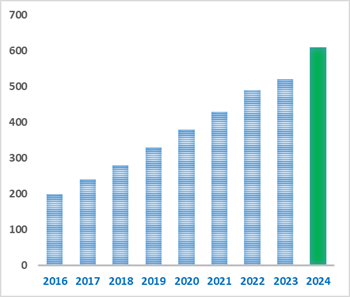
| Cas No. | 525-57-5 | SDF | Download SDF |
| PubChem ID | 5353656 | Appearance | Powder |
| Formula | C12H12N2O | M.Wt | 200 |
| Type of Compound | N/A | Storage | Desiccate at -20°C |
| Solubility | Soluble in Chloroform,Dichloromethane,Ethyl Acetate,DMSO,Acetone,etc. | ||
| Chemical Name | 1-methyl-2,3,4,9-tetrahydropyrido[3,4-b]indol-7-one | ||
| SMILES | CC1=C2C(=C3C=CC(=O)C=C3N2)CCN1 | ||
| Standard InChIKey | CRQDWQWZCNKKAC-UHFFFAOYSA-N | ||
| Standard InChI | InChI=1S/C12H12N2O/c1-7-12-10(4-5-13-7)9-3-2-8(15)6-11(9)14-12/h2-3,6,13-14H,4-5H2,1H3 | ||
| General tips | For obtaining a higher solubility , please warm the tube at 37 ℃ and shake it in the ultrasonic bath for a while.Stock solution can be stored below -20℃ for several months. We recommend that you prepare and use the solution on the same day. However, if the test schedule requires, the stock solutions can be prepared in advance, and the stock solution must be sealed and stored below -20℃. In general, the stock solution can be kept for several months. Before use, we recommend that you leave the vial at room temperature for at least an hour before opening it. |
||
| About Packaging | 1. The packaging of the product may be reversed during transportation, cause the high purity compounds to adhere to the neck or cap of the vial.Take the vail out of its packaging and shake gently until the compounds fall to the bottom of the vial. 2. For liquid products, please centrifuge at 500xg to gather the liquid to the bottom of the vial. 3. Try to avoid loss or contamination during the experiment. |
||
| Shipping Condition | Packaging according to customer requirements(5mg, 10mg, 20mg and more). Ship via FedEx, DHL, UPS, EMS or other couriers with RT, or blue ice upon request. | ||

Harmalol Dilution Calculator

Harmalol Molarity Calculator
| 1 mg | 5 mg | 10 mg | 20 mg | 25 mg | |
| 1 mM | 5 mL | 25 mL | 50 mL | 100 mL | 125 mL |
| 5 mM | 1 mL | 5 mL | 10 mL | 20 mL | 25 mL |
| 10 mM | 0.5 mL | 2.5 mL | 5 mL | 10 mL | 12.5 mL |
| 50 mM | 0.1 mL | 0.5 mL | 1 mL | 2 mL | 2.5 mL |
| 100 mM | 0.05 mL | 0.25 mL | 0.5 mL | 1 mL | 1.25 mL |
| * Note: If you are in the process of experiment, it's necessary to make the dilution ratios of the samples. The dilution data above is only for reference. Normally, it's can get a better solubility within lower of Concentrations. | |||||

Calcutta University

University of Minnesota

University of Maryland School of Medicine

University of Illinois at Chicago

The Ohio State University

University of Zurich

Harvard University

Colorado State University
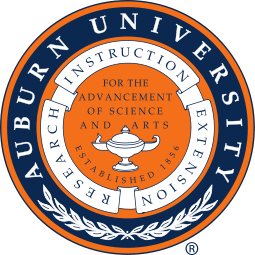
Auburn University

Yale University

Worcester Polytechnic Institute

Washington State University
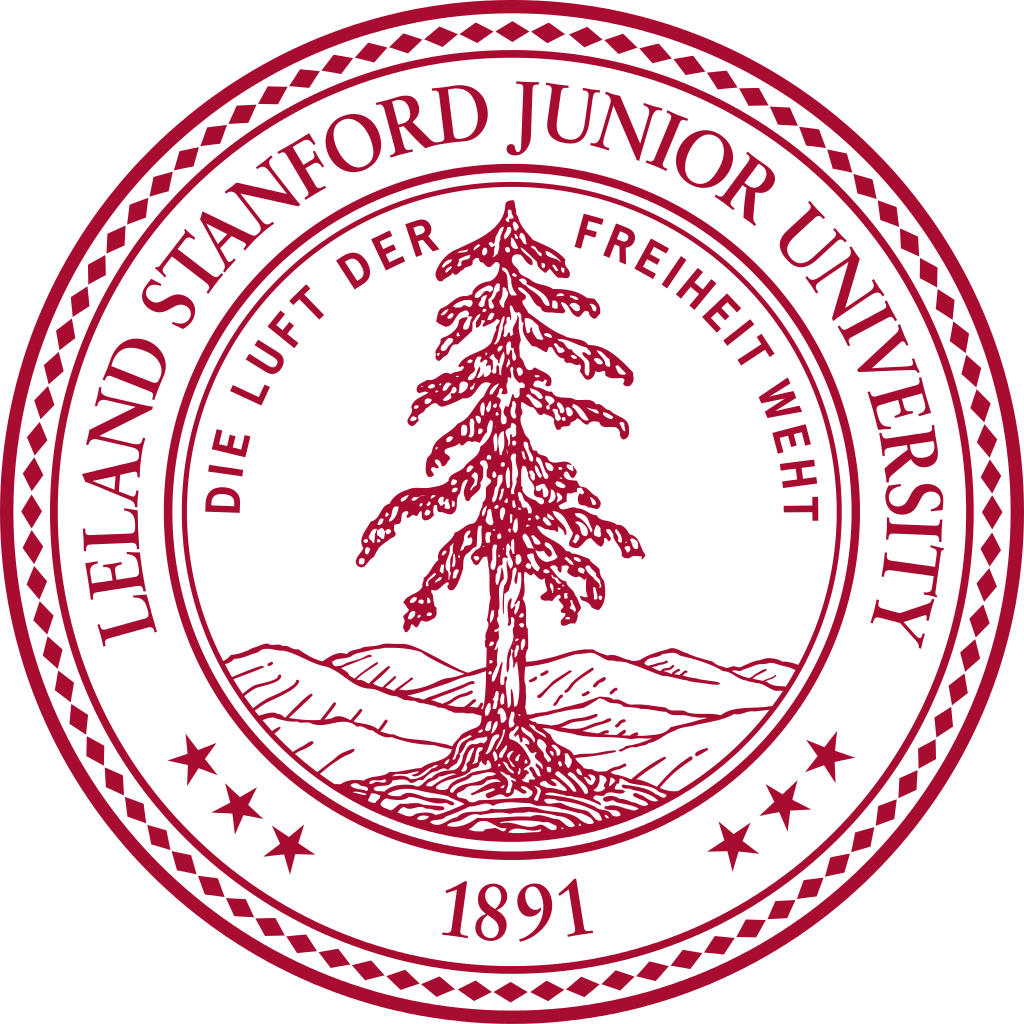
Stanford University

University of Leipzig
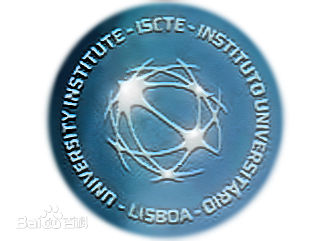
Universidade da Beira Interior
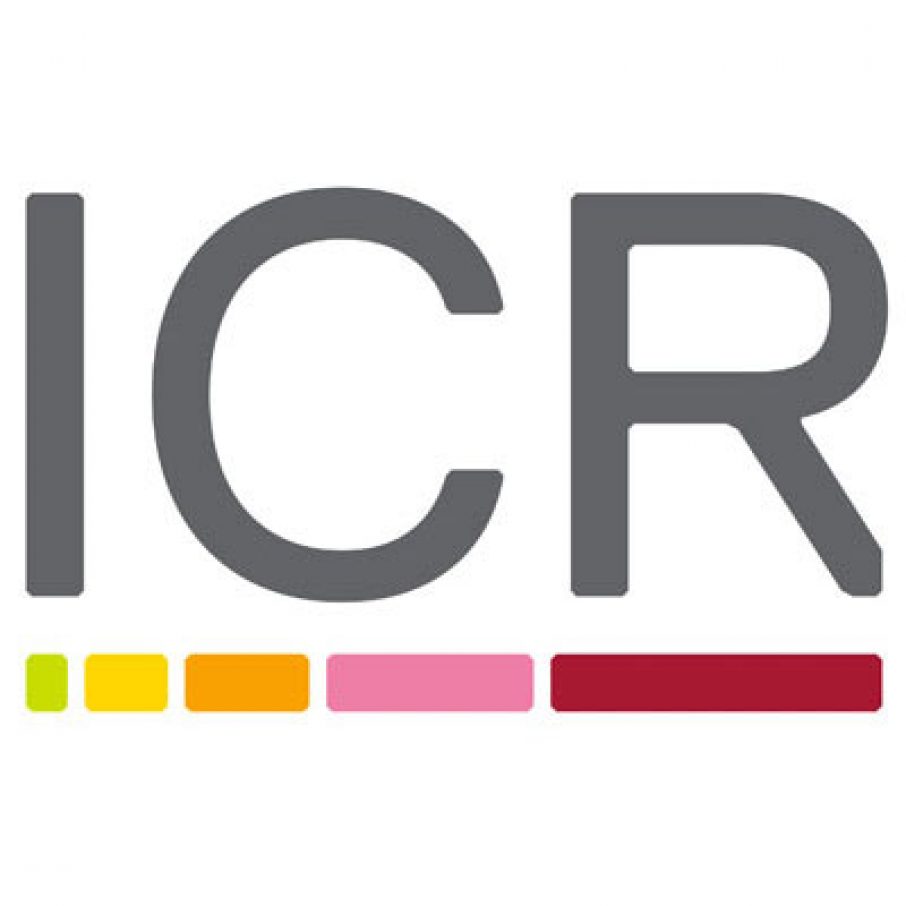
The Institute of Cancer Research

Heidelberg University

University of Amsterdam

University of Auckland

TsingHua University
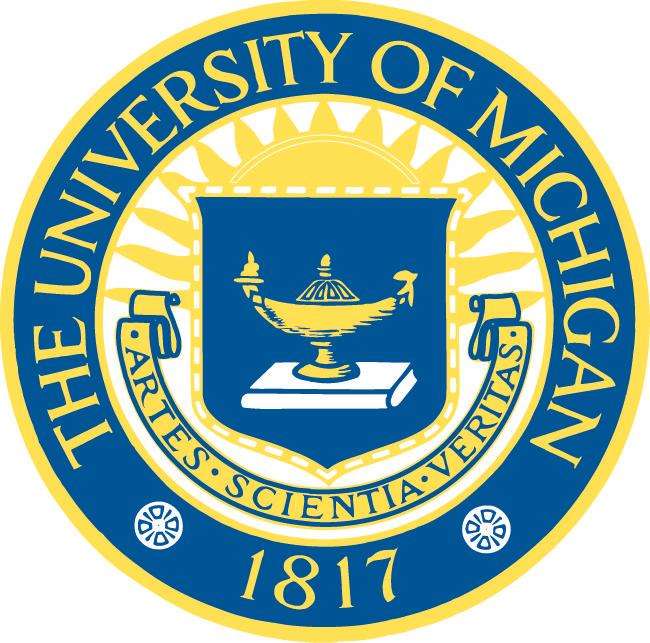
The University of Michigan

Miami University
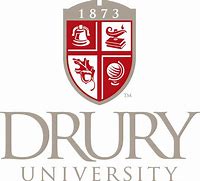
DRURY University
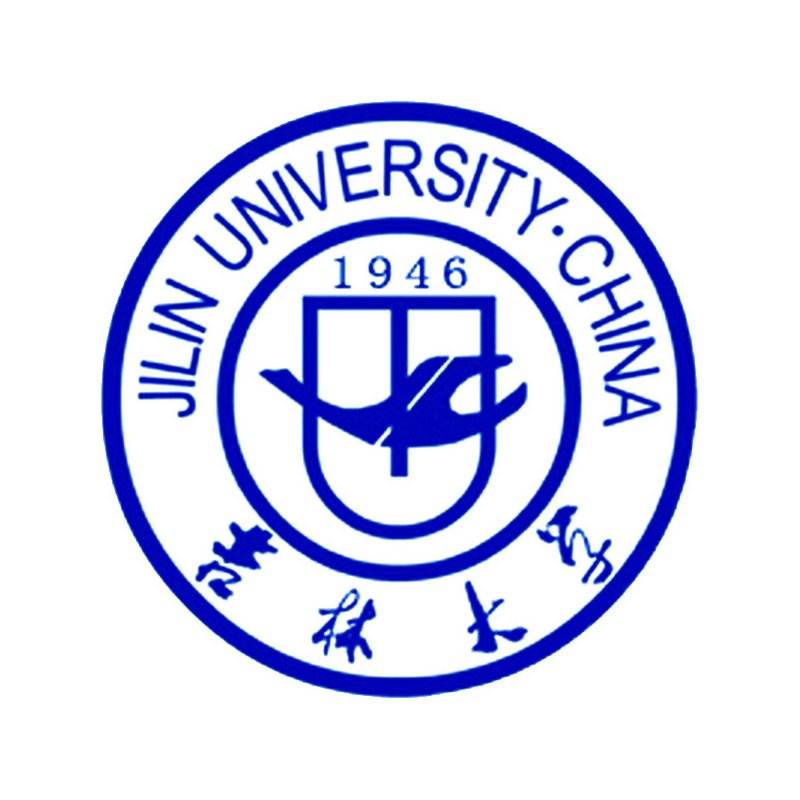
Jilin University

Fudan University

Wuhan University

Sun Yat-sen University

Universite de Paris

Deemed University

Auckland University

The University of Tokyo

Korea University
- Fraxidin
Catalog No.:BCN5675
CAS No.:525-21-3
- Dihydrokainic acid
Catalog No.:BCC6556
CAS No.:52497-36-6
- PSB 36
Catalog No.:BCC7240
CAS No.:524944-72-7
- Peonidin-3-O-arabinoside chloride
Catalog No.:BCN3029
CAS No.:524943-91-7
- D-Tryptophanol
Catalog No.:BCC2699
CAS No.:52485-52-6
- 5-(Z-heptadec-8-enyl) resorcinol
Catalog No.:BCN5674
CAS No.:52483-19-9
- Isokurarinone
Catalog No.:BCN2890
CAS No.:52483-02-0
- Vandetanib hydrochloride
Catalog No.:BCC2028
CAS No.:524722-52-9
- ERB 041
Catalog No.:BCC7903
CAS No.:524684-52-4
- 1-Cinnamoylpyrrolidine
Catalog No.:BCN4086
CAS No.:52438-21-8
- Isobutylshikonin
Catalog No.:BCN3005
CAS No.:52438-12-7
- Oxeladin Citrate
Catalog No.:BCC3831
CAS No.:52432-72-1
- Kinetin
Catalog No.:BCC1679
CAS No.:525-79-1
- Flavone
Catalog No.:BCN8477
CAS No.:525-82-6
- Quercetin 3-O-robinobioside
Catalog No.:BCN5676
CAS No.:52525-35-6
- 5,7-Dihydroxychromone 7-rutinoside
Catalog No.:BCN3333
CAS No.:52538-46-2
- Pranoprofen
Catalog No.:BCC4828
CAS No.:52549-17-4
- Ingenol 3-palmitate
Catalog No.:BCN7686
CAS No.:52557-26-3
- bPiDDB
Catalog No.:BCC7606
CAS No.:525596-66-1
- Glycozolinine
Catalog No.:BCN5677
CAS No.:5257-08-9
- Acm-thiopropionic acid
Catalog No.:BCC2838
CAS No.:52574-08-0
- Phellamurin
Catalog No.:BCN5678
CAS No.:52589-11-4
- Neophellamuretin
Catalog No.:BCN7888
CAS No.:52589-20-5
- Iriflophenone
Catalog No.:BCN5679
CAS No.:52591-10-3
DNA binding and apoptotic induction ability of harmalol in HepG2: Biophysical and biochemical approaches.[Pubmed:27590872]
Chem Biol Interact. 2016 Oct 25;258:142-52.
Harmalol administration caused remarkable reduction in proliferation of HepG2 cells with GI50 of 14.2 muM, without showing much cytotoxicity in embryonic liver cell line, WRL-68. Data from circular dichroism (CD) and differential scanning calorimetric (DSC) analysis of Harmalol-CT DNA complex shows conformational changes with prominent CD perturbation and stabilization of CT DNA by 8 degrees C. Binding constant and stoichiometry was calculated using the above biophysical techniques. The Scatchard plot constructed from CD data showed cooperative binding, from which the cooperative binding affinity (K'omega) of 4.65 +/- 0.7 x 10(5) M(-1), and n value of 4.16 were deduced. The binding parameter obtained from DSC melting data was in good agreement with the above CD data. Furthermore, dose dependent apoptotic induction ability of Harmalol was studied in HepG2 cells using different biochemical assays. Generation of ROS, DNA damage, changes in cellular external and ultramorphology, alteration of membrane, formation of comet tail, decreased mitochondrial membrane potential and a significant increase in Sub Go/G1 population made the cancer cell, HepG2, prone to apoptosis. Up regulation of p53 and caspase 3 further indicated the apoptotic role of Harmalol.
Therapeutic Role of Harmalol Targeting Nucleic Acids: Biophysical Perspective and in vitro Cytotoxicity.[Pubmed:29231137]
Mini Rev Med Chem. 2018;18(19):1624-1639.
BACKGROUND: Harmalol, a beta carboline alkaloid, shows remarkable importance in the contemporary biomedical research and drug discovery programs. With time, there is emerging interest in search for better anti-cancer drugs of plant origin with high activity and lower toxicity. Most of the chemotherapeutic agents due to their non-specific target and toxicity on active healthy cells, use is often restricted, necessitating search for newer drugs having greater potentiality. OBJECTIVE: The review highlighted the interaction of Harmalol with nucleic acids of different motifs as sole target biomolecules and in vitro cytotoxicity of the alkaloid in human cancer cell lines with special emphasis on its apoptotic induction ability. METHODS: Binding study and in vitro cytotoxicity was performed using several biophysical techniques and biochemical assays, respectively. RESULTS: Data from competition dialysis, UV and fluorescence spectroscopic analysis, circular dichroism, viscometry and isothermal calorimetry shows binding and interaction of Harmalol with several natural and synthetic nucleic acids, both DNA and RNA, of different motifs. Furthermore, apoptotic hallmarks like internucleosomal DNA fragmentation, membrane blebbing, cell shrinkage, chromatin condensation, change of mitochondrial membrane potential, comet tail formation and ROS (reactive oxygen species) dependent cytotoxicity being analyzed in the Harmalol treated cancer cells. CONCLUSION: These results stating the therapeutic role of Harmalol, will lead to the interesting knowledge on the cytotoxicity, mode, mechanism, specificity of binding and correlation between structural aspects and energetics enabling a complete set of guidelines for design of new drugs.


